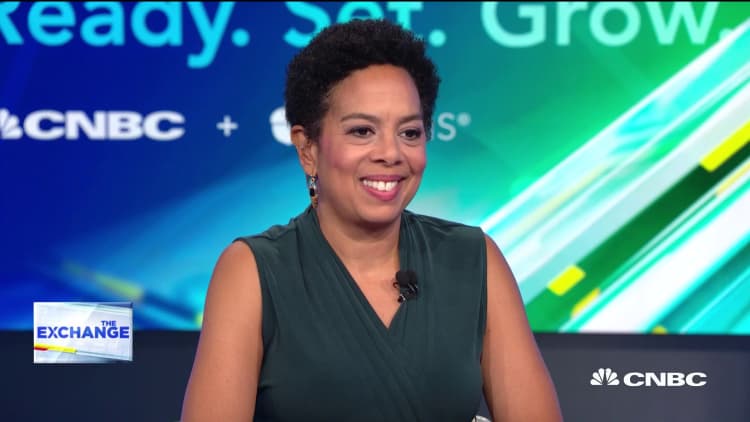If you're going to make Medicare coverage changes that include dropping or buying a supplemental plan — aka, Medigap — make sure you know the rules that come along with it.
Medicare's annual open enrollment period — now underway through Dec. 7 — allows you to switch various parts of your coverage for next year. And while that can be a straightforward yearly change for many people, others might run into snags if it involves Medigap.
Those plans, which are sold by private insurance companies, help cover cost-sharing aspects of original Medicare — Part A hospital coverage and Part B outpatient coverage — including copays and coinsurance. They also come with their own set of rules.
For starters, when you first enroll in Part B, you get six months to buy a Medigap policy without an insurance company nosing through your health history and deciding whether to insure you. After that, unless you meet a special exception or live in a state with no restrictions on enrolling, you typically must go through medical underwriting.
Three states — New York, Connecticut and Massachusetts — have year-round open enrollment for Medigap and a handful of others allow some degree in flexibility in enrolling or switching plans.
Medigap policies also can only be paired with original Medicare. In other words, if you choose to go with an Advantage Plan — which includes Parts A and B and typically Part D prescription drug coverage — Medigap won't work with it.
Here's what to know if you want to buy or drop a Medigap policy during open enrollment as part of your changes for 2020.
Going to an Advantage Plan
If you are moving from original Medicare to an Advantage Plan, you'll have to drop your Medigap policy.
However, if it's your first time trying out an Advantage Plan, you get a year to change your mind.
"That 12-month trial period lets you revert back to the Medigap plan you were previously enrolled in if you end up not liking Medicare Advantage," said Elizabeth Gavino, founder of Lewin & Gavino in New York and an independent broker and general agent for Medicare plans.

If you stay on the Advantage Plan for more than a year and then change your mind, though, you'll have to go through underwriting for a Medigap policy unless you live in a state that does not require it.
Also be aware that when you switch to the Advantage Plan, you'll need to cancel the Medigap policy on your own because it does not go through the Medicare program. The policy is with a private insurer that bills you.
Gavino had a client who forgot to notify the insurer, which meant her Medigap premiums were still being deducted from a bank account for about a year after she switched to an Advantage Plan.
"My client had to fight with the carrier to get reimbursed," Gavino said.
More from Personal Finance:
Tips for getting your Medicare drug coverage right
Three mistakes to avoid during Medicare open enrollment
Trump's Medicare reform would expand tax-free account
On the other hand, if you also had a standalone prescription drug option and are switching to an Advantage Plan, that drug plan will be automatically canceled when your new coverage takes effect Jan. 1.
Dropping your Advantage Plan
This move can be a bit trickier because your ability to get a Medigap policy when you switch to original Medicare is not a given.
Again, unless you are trying out an Advantage Plan for the first time and are within the first year of that coverage, you might have to go through underwriting for a Medigap policy.
Except for in a handful of states that don't require it, this means the insurance company needs to assess your health. If you have a chronic or pre-existing condition, you might be charged more or denied coverage altogether.
So before dropping your Advantage Plan, you should make sure you can get the Medigap policy.
"If you wait too long and the underwriting doesn't get done by Dec. 7, you could find out after that the insurer won't cover you," said Danielle Roberts, co-founder of insurance firm Boomer Benefits in Fort Worth, Texas. "Then you'd have no Advantage Plan and no Medigap for next year."
Also, dropping an Advantage Plan means that if you want prescription drug coverage, you'll have to get a standalone Part D plan. Incidentally, Medigap does not pay any costs associated with that part of Medicare.
If you won't qualify for a Medigap policy, you can stay with the Advantage Plan (or move to another one) if you want the additional insurance.


